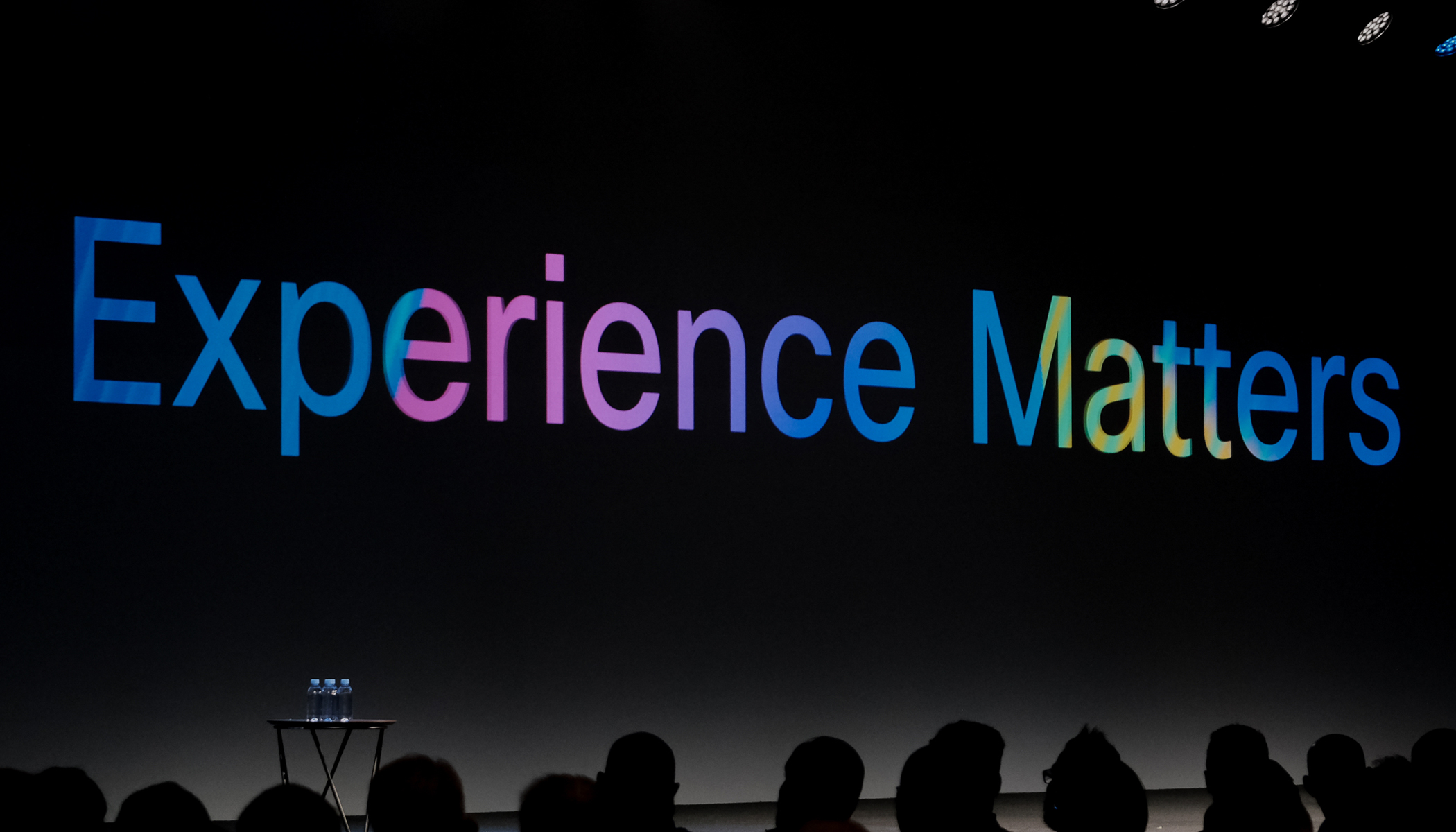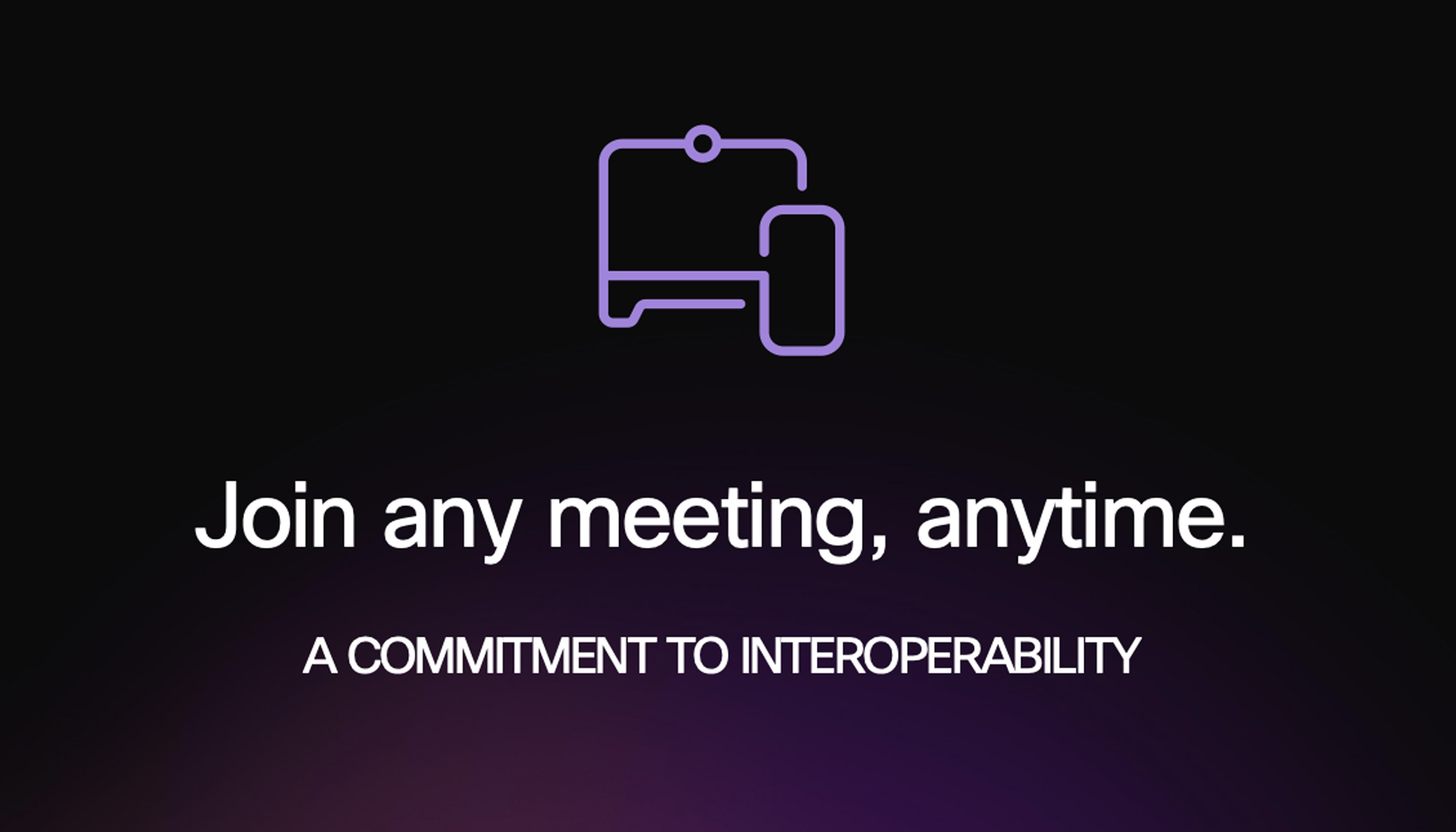Webex Hologram uses light-field holograms to produce a photorealistic experience, as seen above.
Webex Hologram is the only real-time holographic collaboration tool in the hands of enterprise customers, and it’s completely transforming the way we do hybrid work. Put on your augmented reality headset and your coworkers appear in photorealistic 3D presence right in front of you, even if they’re thousands of miles away. It’s the closest humans have come to teleportation.
Whenever I talk about the technology behind this innovation—how we effectively create a lifelike 3D depiction of your coworkers—the question always comes up: What about avatars? Won’t we all interact as computer-generated versions of ourselves one day in the metaverse?
Most avatar technology lends itself to certain types of interactions: namely, gaming or scenarios that let you create a caricature of your likeness or alter the way you look. Some interactions call for you to hide your identity altogether.
For meaningful collaboration, however, we need photorealism.
Whether it’s hyper photorealistic avatar technology, like Meta has demonstrated, or 3D light-field holograms like we use in Webex Hologram, it must enable an essential component of collaboration: trust. Does the person I am talking to trust me, and vice versa?
When we collaborate in-person, we easily answer this question through the unspoken parts of communication. That is, body language, facial expressions, and other nonverbal cues. (Elizabeth Bieniek, director of engineering, wrote more about this.)
These subtle indicators also convey emotion—another crucial component of meaningful collaboration. If I’m having a conversation with a non-photorealistic avatar, and that avatar smiles, I can’t fully determine what kind of smile that was. I could take it at face value, that the person is happy and in agreement with what I’m saying. But we know that in real life, we can pick up so much more.
Deep understanding can be conveyed with a smile. Sometimes discomfort manifests as a smile. Or a grin might even be a mask for frustration or exasperation. It’s difficult to pinpoint how we tell the difference between each of these types of smiles, but we can—when we’re talking to someone face-to-face.
No avatar technology available today can replicate these subtle indicators. In fact, a 2D video call would likely capture more of these than an avatar would.
This isn’t just my opinion: Research indicates that when it comes to collaboration, we prefer human-like interaction over avatars. In one study, participants using VR and AR were tasked with working with a collaborator to solve a puzzle. They worked with several different appearances of their teammate, from primitively designed avatars to detailed, photorealistic humanlike avatars and holograms. The results? The photorealistic representations were highly preferred.
 The Webex Hologram 1.0 capture device features a 12-camera array that captures your likeness and allows you to present 1:many in combined 2D and 3D.
The Webex Hologram 1.0 capture device features a 12-camera array that captures your likeness and allows you to present 1:many in combined 2D and 3D.Not only did the participants say that photorealism “afforded interaction,” but that it also enhanced “the feeling of co-presence…the sense of the remote person ‘being there.’” They noted that “realistic humanlike avatars produced greater sense of co-presence than cartoon and unrealistic looking avatars in [virtual environments.]”
You might feel a sense of co-presence with a non-photorealistic avatar. But I think it’s unlikely. If a colleague and I are showing up to a meeting as animated versions of ourselves, I don’t feel like we’re in the same space. I’m feeling like this is exactly what it is—two people logging into a virtual experience remotely (and working together behind virtual masks).
With holograms, that underlying understanding—that we’re two collaborators joining a call from two different locations—has the potential to fade into the background. Especially if we can interact with 3D objects, which Webex Hologram allows. Because, of course, when we come together in 3D, it’s because we likely need to accomplish something in 3D. (We look forward to seeing how other technologies handle this type of scenario.)
With Webex Hologram, we might forget about the technology altogether and just be humans in the throes of deep work. That’s the power of Webex Hologram and why it’s paramount that we create the most humanlike photorealistic possible.
Ready to experience Webex Hologram for yourself? Learn more here. Or catch a live demo at WebexOne on October 24–26.





